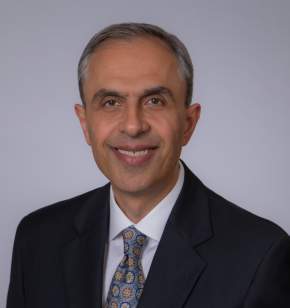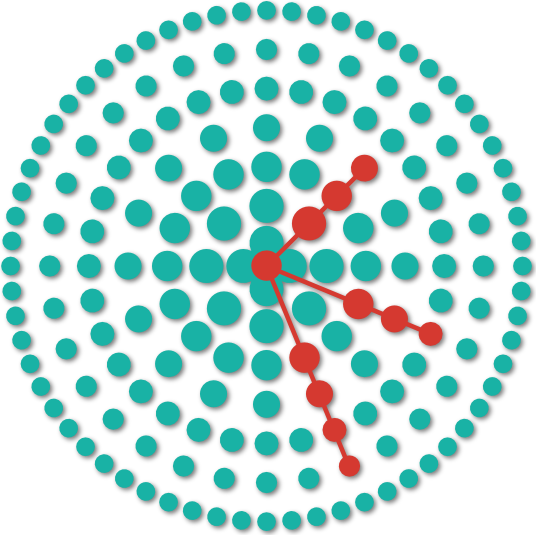Survival and Hemifacial Spasm


Hemifacial spasm is the painless involuntary twitching and spasm of muscles on one side of the face. This is caused by the compression and irritation of the facial nerve, usually by a blood vessel and rarely by other conditions such as a brain tumor, multiple sclerosis, or Bell’s palsy.
Seriousness of Hemifacial Spasm
Hemifacial spasm itself is not dangerous, unless it is caused by a brain tumor, an arteriovenous malformation, or multiple sclerosis. It is the social awkwardness that causes the most distress, as hemifacial spasm causes abnormal facial expressions, which can be embarrassing.
Other associated difficulties such as difficulty with vision because of twitching of the muscles around the eyes, difficulty in sleeping because of facial muscle twitching, and hearing a ticking sound add to the frustration. The twitching and spasms gradually progress, first affecting the muscles around the eyes and over time involve the muscles around the mouth.
In rare cases, hemifacial spasm resolves on its own. Typically, life expectancy is not affected by hemifacial spasm unless it is cause by a brain tumor, an arteriovenous malformation, or multiple sclerosis.
Treatment Options for Hemifacial Spasm
The treatment of hemifacial spasm is directed at improving your quality of life. There are various treatment options available. Each treatment modality has advantages and disadvantages based on which your neurosurgeon will guide you toward the best option for you. Not all treatment options are for everyone. The cause of the hemifacial spasm is usually what determines the best treatment option. The various treatment options that you can explore are:
- Medications: The most commonly used medications are antiepileptic or muscle relaxant drugs such as carbamazepine, clonazepam, gabapentin, and baclofen. The choice of drugs and dosages are decided by various factors such as pregnancy, allergies, and any other health problems you may have. Medications are rarely effective to cure spasms.
- Botox injections: Injections of onabotulinumtoxinA (Botox, Allergan Aesthetics, Irvine, CA) into the affected muscles prevent the muscles from twitching by paralyzing them. Most patients are relieved of their symptoms but require repeated injections every 3 or 4 months.
- Surgery: Microvascular decompression is the most commonly performed surgery in those who have a blood vessel compressing the facial nerve. An incision is taken at the back of the head behind the ear, and the blood vessel is lifted off the facial nerve. A cushion sponge is placed between them, which relieves symptoms in most patients. Microvascular decompression provides the best chance of cure. In experienced surgeon hands, this treatment is very effective and low risk.
Why should you have your surgery with Dr. Cohen?
Dr. Cohen
- 7,500+ specialized surgeries performed by your chosen surgeon
- More personalized care
- Extensive experience = higher success rate and quicker recovery times
Major Health Centers
- No control over choosing the surgeon caring for you
- One-size-fits-all care
- Less specialization
For more reasons, please click here.
Living With Hemifacial Spasm
It is important to remember that hemifacial spasm is not life threatening. You should be optimistic about leading a complete and fulfilling life. There are multiple steps you can take to help you in this regard.
- Stress management: Stress worsens hemifacial spasm, which in turn causes more stress. This is a vicious cycle that you will need to learn to break. Relaxation techniques such as meditation and yoga can help.
- Avoiding triggers: You may be able to identify factors that trigger your hemifacial spasm, such as fatigue, stress, and bright lights. Avoiding these triggers may reduce your symptoms.
- Healthy lifestyle: Maintaining a regular sleeping schedule, an exercise regimen, as well as a healthy diet will improve your symptoms, your stress, as well as your overall health.
- Building a support system: Hemifacial spasm can be an emotionally taxing condition to live with. But with the right kind of support from your near and dear, you should be able to live a rewarding life. Your support system of family and friends can aid you by providing emotional support and understanding. They can offer to help you with activities that you find difficult, such as driving. Accompanying you to doctor’s appointments and ensuring your compliance with medicines is something your family can help with.
Outcomes After Treatment of Hemifacial Spasm
If your hemifacial spasm is mild, chances are that you will find some relief with medications and Botox injections. Unlike medications and Botox injections, surgery deals with the root cause of the condition and therefore provides the best chance of curing hemifacial spasm.
After microvascular decompression, 80% of patients report a complete relief from symptoms. The symptoms gradually reduce over the few days to weeks following surgery. A few complications of surgery to consider include temporary facial weakness, which occurs in 6% of patients, and hearing loss.
Only 10% of patients do not find relief or have recurrent symptoms. These people may require a repeat microvascular decompression procedure if their symptoms cannot be controlled by medications or Botox injections. Around 60% to 70% of those who undergo a repeat surgery will benefit from an improvement in symptoms. However, repeat surgeries are usually associated with a higher chance of facial weakness and hearing loss.
It is extremely important to consult a neurosurgeon who is very experienced in the surgery of hemifacial spasm. The rates of success increase in experienced hands.
Key Takeaways
- Hemifacial spasm is a condition that usually has a good prognosis.
- The treatment options for hemifacial spasm include medications, Botox injections, and surgery.
- To live a fulfilling life with hemifacial spasm, it is important to live a stress-free, healthy lifestyle. Avoiding triggers can help.
- Forming a support system of family and friends can help you through the ups and downs of living with hemifacial spasm and proceeding with surgery.











